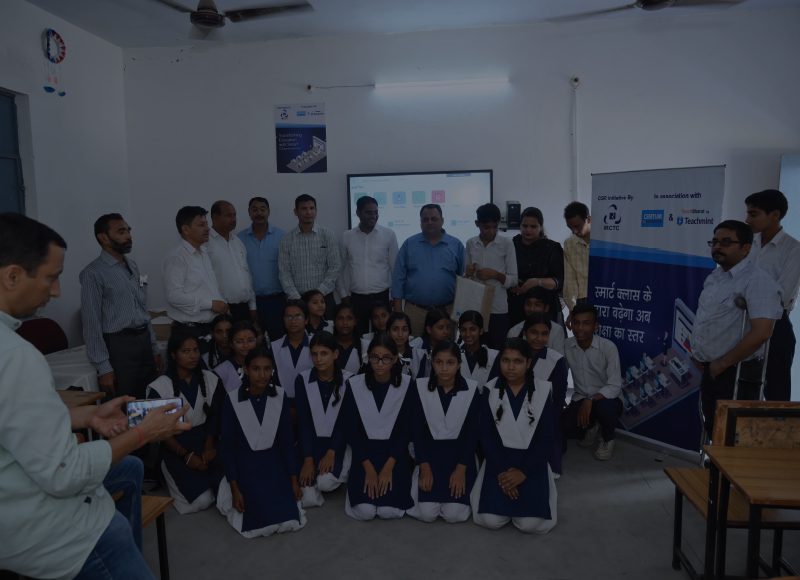Renovation and Revamping of the School building at Aspirational Districts
Objectives
Target Beneficiaries
Students, Teachers ad school staffs for better resources and better technique
Challenge
Challenges arise due to the complexities of school infrastructure, including adherence to safety regulations, limited funding, and disruptions to the academic calendar. Balancing the renovation process with the continuity of education is crucial, requiring careful planning and coordination to minimize disruptions to students’ learning experiences.
Strategy
Renovation and revamping of schools are essential to create conducive learning environments that support the evolving needs of students and educators. Outdated facilities can hinder educational outcomes by lacking modern amenities, technology integration, and accessibility features.
Journey
Outcome
Challenges & Solutions
The installation of digital classrooms presents both challenges and opportunities for educational institutions. Challenges include initial investment costs, infrastructure limitations, and resistance to change among educators accustomed to traditional teaching methods. Need Assessment for the schools in need and bringing infrastructural changes catered the installation.
Centum's Impact




Explore how we’re creating meaningful social impact through CSR projects in Employability linked Skill development and education, transforming communities and building brighter futures across India.
| Contact Us | Skills & Employability | Education |


